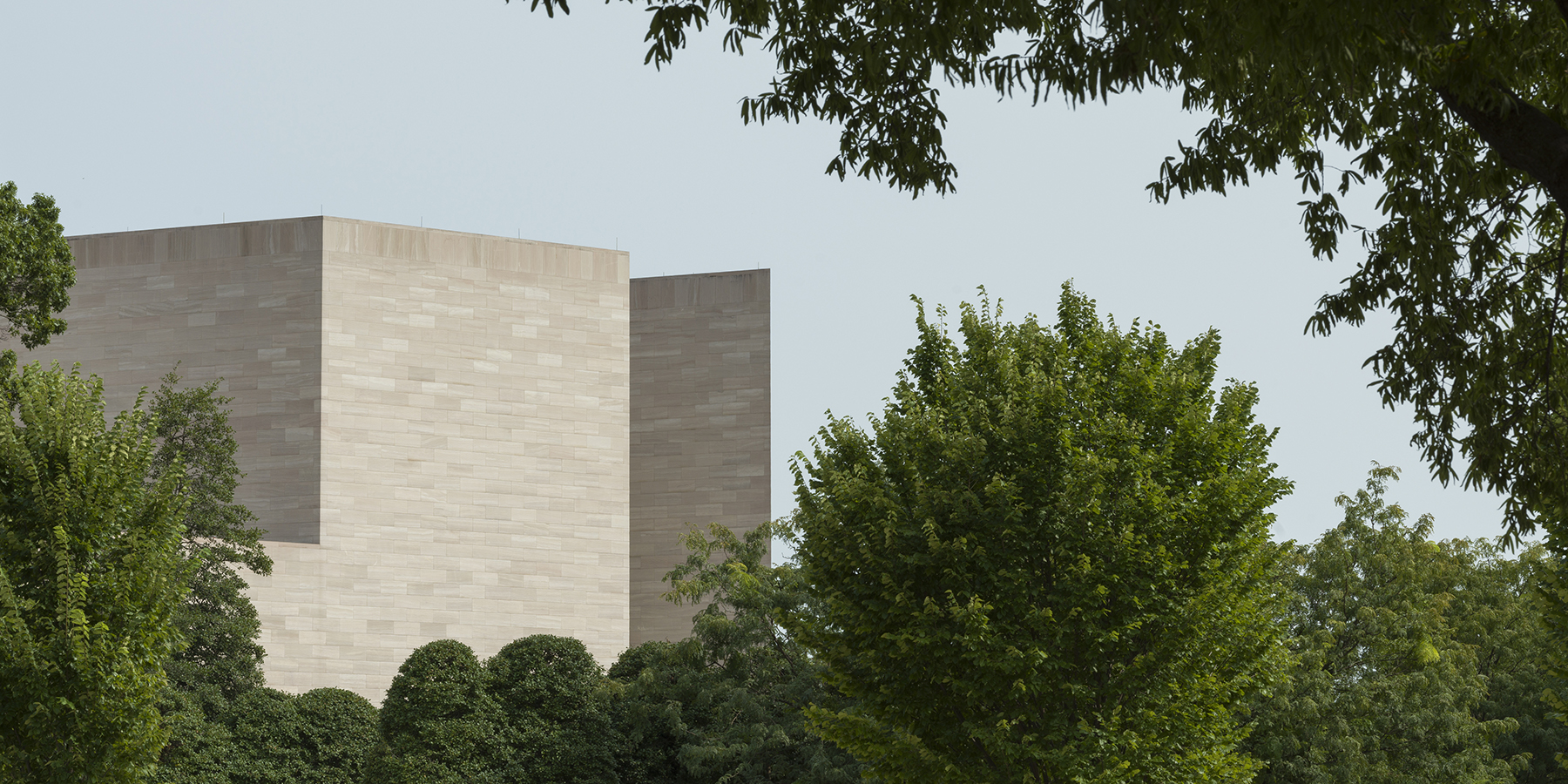The photographers Florence Henri (1893–1982) and Germaine Krull (1897–1985) are central to my book-length reevaluation of the New Objectivity (Neue Sachlichkeit), an often maligned realist tendency in Germany which was first identified in 1923 by the curator Gustav Hartlaub in Mannheim. The term Neue Sachlichkeit subsequently became a buzzword to describe a scientific, pragmatic aesthetic in the arts, architecture, and design and a postwar habitus of cold detachment and material fact. The intersection of painting and New Vision photography, the New Objectivity’s photographic cognate, is integral to my account, and firmly inserts the work of these two iconic women photographers at the center of an art-historical discourse that almost exclusively focuses on male painters. Accompanying the gendered revision is a territorial one, as I argue that the New Objectivity transgressed national boundaries and cross-fertilized European modernisms. Both Henri and Krull, for instance, were peripatetic—their mobility facilitated by both the camera and cosmopolitanism; they both internalized the experiments of the German interwar avant-garde and reconfigured them within the cultural context of Paris.
Rather than accept the established narrative that the New Objectivity is rooted in scientific detachment, retrograde mimesis, technophilia, alienation, and dehumanization, my project unpacks the tactics through which interwar artists displace and reconfigure modern conflict in their pictures. Instead, I view the New Objectivity obliquely, reframing the discussion through the dual lens of psychoanalysis and phenomenology, two interpretive discourses evolving at the same historical moment that rigorously interrogated the terms of subject–object relations. Identity, desire, and human relationality to other subjects and to things are central to my account.


